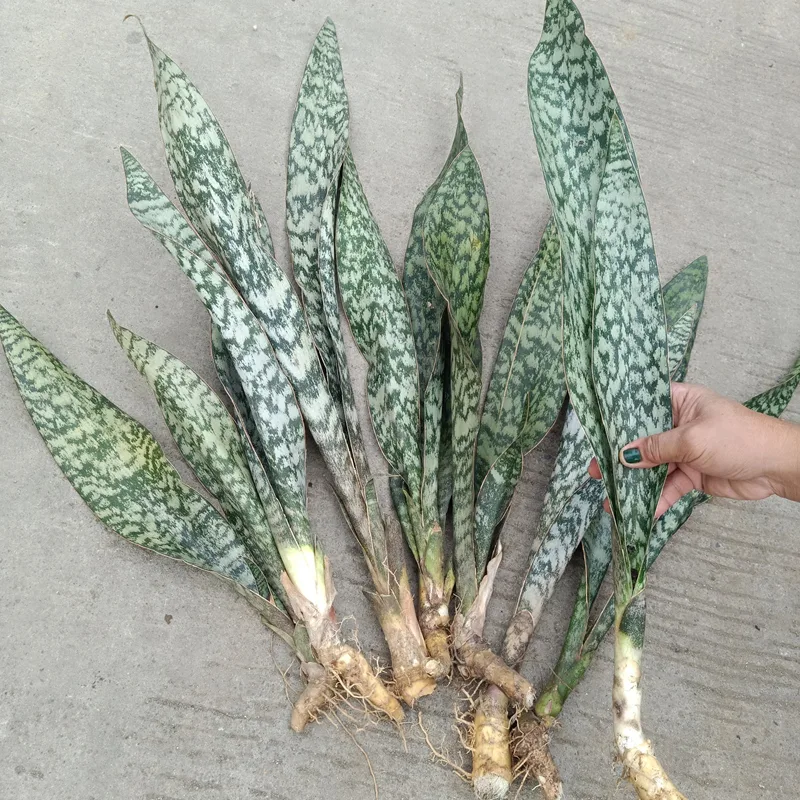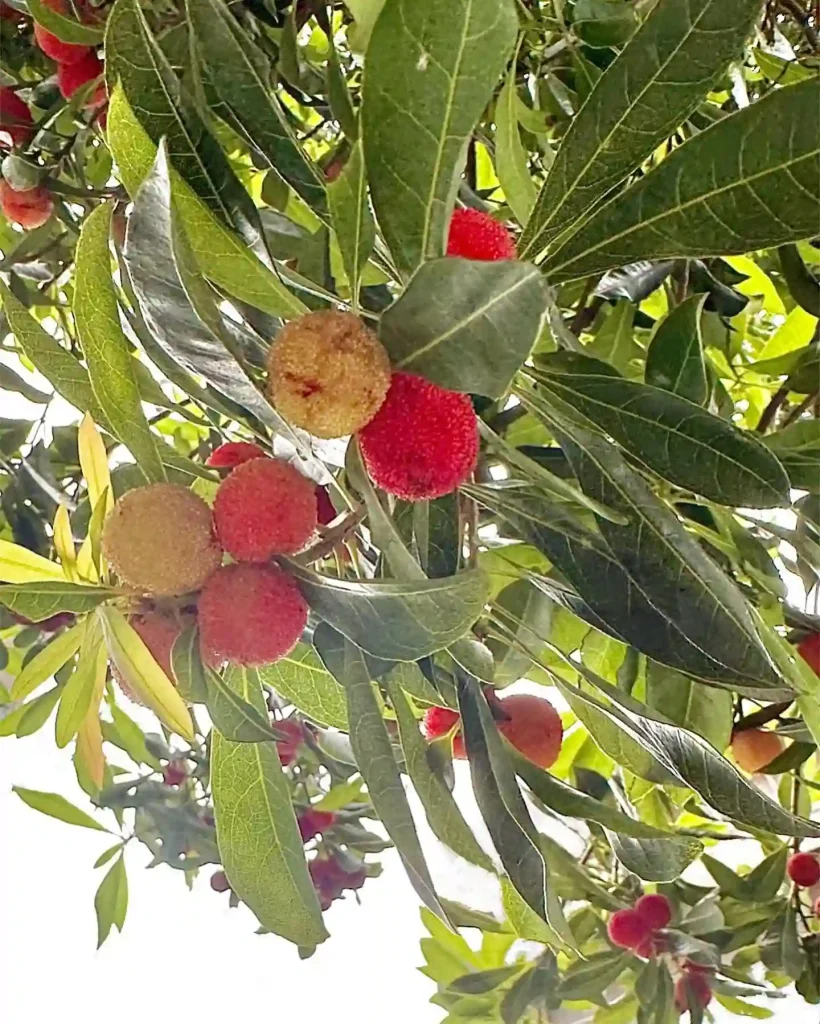
What is stephania erecta?
Stephania erecta synonym of Stephania pierrei is a tuberous plant, meaning it grows from a bulbous underground part called a caudex. This caudex looks kind of like a potato and can grow quite large over time. From this “potato” sprout slender vines that can climb several feet. The leaves are typically round and have lighter veins, adding to the interesting contrast.
71 Species in Genus Stephania
Stephania Erecta vs Nova
Stephania Erecta has always been a favorite of mine because its unique, round leaves remind me of little green coins. Nova, on the other hand, captivates me with its faster growth and more vigorous foliage, giving a lush, vibrant touch to my indoor garden.
Where to buy stephania erecta?
Finding Stephania erecta can be a bit of a treasure hunt. I’ve seen them offered online at specialty plant shops or through rare plant enthusiasts. Your local nursery might not carry them, but it couldn’t hurt to ask!
How long does stephania erecta take to grow?
Patience is key with Stephania erecta. These are slow growers, some folks say it can take 20 years to reach full maturity! But that just means you get to enjoy the journey of watching it develop its unique form over time.
How often to water stephania erecta?
Here’s the tricky part. Stephania erecta is very sensitive to overwatering, especially the caudex. Think of it as more like a cactus than a typical houseplant. Water thoroughly when the soil feels dry to the touch, but then let it dry out completely before watering again. Err on the side of underwatering rather than overwatering.
How to care for stephania erecta? How to water stephania erecta?
Here’s the thing about Stephania erecta: it’s a beautiful plant, but it can be a bit finicky, especially when it comes to watering. Let’s break down Stephania erecta care, with a focus on watering, to keep your plant happy and thriving.
Overall Care:
- Light: Stephania erecta likes bright, indirect light. Think dappled sunlight through a sheer curtain, not harsh afternoon rays. Harsh light can scorch the leaves.
- Soil: Well-draining soil is key! A cactus mix or a mix with added perlite will help prevent water from accumulating around the caudex, which can lead to rot.
- Potting: Choose a pot with good drainage holes and only slightly larger than the caudex itself. Resist the urge to size up too much – extra space can make overwatering more likely.
- Fertilizer: Go easy on the fertilizer. A diluted dose of a balanced fertilizer during spring and summer is enough. Skip fertilizing altogether during dormancy.
Watering:
This is where Stephania erecta can be a challenge, but here’s the golden rule: ** underwater rather than overwater**.
- Watering Method: Water thoroughly until water runs out the drainage holes. This ensures the entire root system gets a drink.
- Frequency: Here’s the tricky part. Let the soil dry out completely between waterings. Stick your finger into the soil – if the top inch feels dry to the touch, it’s watering time. During winter dormancy, water even less frequently, maybe just once a month to keep the caudex from shriveling.
- Signs of Overwatering: Mushy caudex, limp or yellowing leaves – these are all signs your Stephania erecta is getting too much water. Stop watering immediately and let the soil dry out completely. If the caudex feels soft, you might have a rot problem and need to take more drastic measures.
Remember: Stephania erecta can handle underwatering much better than overwatering. Err on the side of caution and your plant will thank you for it!
How to prune stephania erecta?
Since Stephania erecta is a climber, you can gently train the vines on a moss pole or trellis as it grows. Pruning is more about keeping it contained than anything else. If any stems get unruly, you can snip them back to encourage bushier growth.
Is stephania erecta toxic to cats?
This is a good question for pet owners. While I haven’t found any definitive info saying Stephania erecta is toxic to cats, it’s always best to err on the side of caution. Maybe keep it out of reach of curious kitties just to be safe.
How to make stephania erecta grow leaves?
During the winter dormancy period, Stephania erecta might lose its leaves. Don’t panic! As long as the caudex is firm, it’s just resting. Once spring arrives and you start watering regularly again, new leaves should sprout.
How to pot stephania erecta?
When choosing a pot for your Stephania erecta, select one with good drainage and only slightly larger than the caudex itself. Too much extra space can lead to overwatering issues.
How to wake up stephania erecta?
If your Stephania erecta seems stuck in dormancy, you can gently encourage it to wake up by gradually increasing the watering frequency as spring approaches. Just don’t go overboard – you still want the soil to dry out completely between waterings. Warmer temperatures and a little more sunlight can also help nudge it out of dormancy.
If i die, water my plants!



